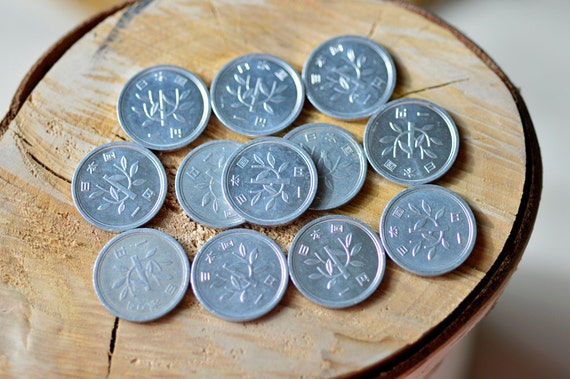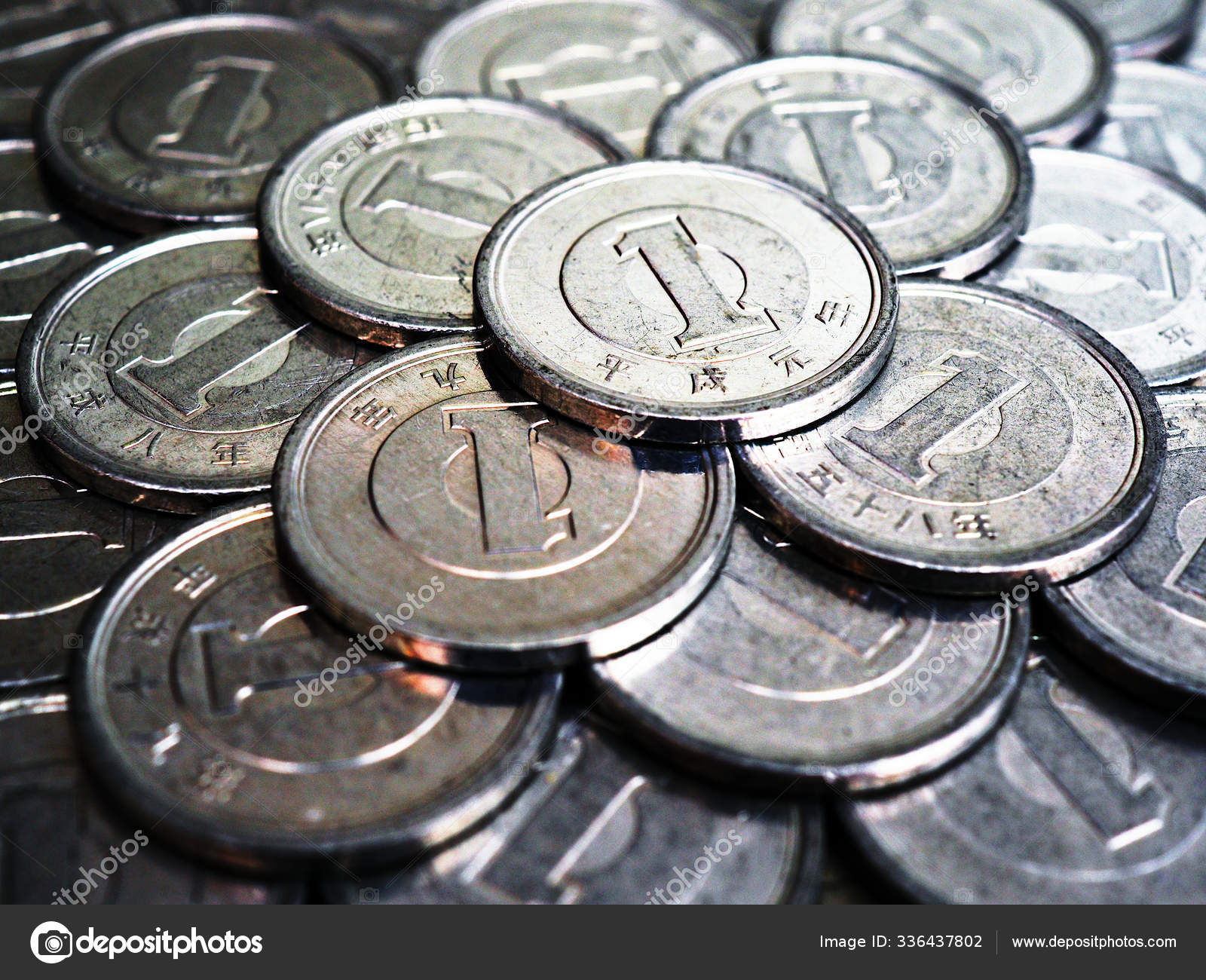The use of the era system goes back over 1000 years. In the past the eras did not necessarily correlate with the Emperor's reign as they do today, thus current events or issues could play a part in the naming of a new era.
When Mutsuhito assumed the throne in 1867 it was the Keio era. This was changed to the Meiji era in 1868 and since then the ‘one reign/one era’ rule has been codified. In other words, a new era name will occur only upon the ascension of the next Emperor. Thus, since 1867 there have been four eras:
明治 Meiji (Mutsuhito) 1867-1912 (ascended 1867, Meiji era started 1868)
大正 Taisho (Yoshihito) 1912-1926
昭和 Showa (Hirohito) 1926-1989
平成 Heisei (Akihito) 1989-present
Each dated coin has a 2 kanji era name, followed by a numerical value designating the year, followed by the ‘nen’ 年 or year symbol.
Or, another way: Era Name + Era year + Nen
The regnal (era) years are correlated with the Gregorian calendar, but they are based on the named era. For example 1990 is the second year of the Heisei era, so Heisei 2 is 1990, Heisei 3 is 1991 and Heisei 4 is 1992 etc.
With regards to the changing of the era name and coin dating--the first year of the era name change occurs immediately upon the ascension of the new Emperor. However, the first year of the era ends December 31st and the remainder years follow the Gregorian calendar. Thus (unless there is a death on December 31st) there is overlap between in one calendar year between the eras of the old and new Emperors.
On coinage this is seen by the utilization of the ‘gan nen’ or 元年 . The ‘gan’/元 refers to ‘first’ and the ‘nen’/ 年 to year. In 1912 it was both Meiji 45 (through July 30th, the death of the Emperor) and Taisho 1. The Taisho coins were thus designated 大正元年 , with the first two characters representing the Taisho name and the second two referring to the first year (not using the 一 for '1'), followed by the year/nen character. 1913 was thus Taisho 2 (大正二年), starting January 1st. (Note, reading here left to right).
(By the way, it is only after death that the Emperor is referred to by the name of the era. Also the use of his given name is also in poor taste and the Emperor really should be referred to by his title “His Imperial Majesty the Emperor”, or as ‘the current Emperor’).


Jan 30, 2021 The oldest Japanese coins were the Wado kaichin coins produced in 708. Its distribution and extent indicates that were not in circulation throughout the whole of Japan. Between 708 and 958, twelve different types of copper coins of Japan were issued by the central government. JAPANESE COINS & CURRENCY RECTANGULAR SILVER COIN OF THE SHOGUNS OF JAPAN These unusual rectangular silver 1 Bu (Ichibu Gin) coins was one of the last coins issued by the famous and once powerful Shoguns of Japan. The Shoguns were the military rulers of Japan, who for hundreds of years controlled the island nation.


Japanese Coins 100

This is a Japanese 10 yen coin. They were minted in bronze between 1951 to 1989. They weigh 4.5 grams and are 23.5mm in diameter.
JAPAN 10 YEN MOST DATES 1951 TO 1989
worn: less than $1 US dollar approximate catalog value
average circulated: less than $1
well preserved: $1
fully uncirculated: $2
A few of these coins have higher values than the rest. The first step in finding the valuable ones is determining the date of your coin. There is an amazing date converter site at DateConverter.net. Use our sample 1951 date to the right to try it. There are a few tricks, but you'll figure it out.
Once you have the date of your coin, check the listings below for the good ones. If your coin is not shown below, the MOST DATES values above apply.
JAPAN 10 YEN 1951, 1957, AND 1958
worn: less than $1 US dollar approximate catalog value
average circulated: $1
well preserved: $5
fully uncirculated: $100
JAPAN 10 YEN 1952, 1953, 1954, 1955, 1959, 1960, AND 1961
worn: less than $1 US dollar approximate catalog value
average circulated: $1
well preserved: $2
fully uncirculated: $40
JAPAN 10 YEN 1967
worn: less than $1 US dollar approximate catalog value
average circulated: less than $1
well preserved: $1
fully uncirculated: $5
These values are catalog values and are different from actual buy and sell values. For more information on catalog values, please check out our Terminology page.
Created (yyyymm): 200909, Last review: 201912
Appearance: Normal round coin Metallic brown Letters: Chinese style
Years: sort: 1951, filter: 1951 to 1989
Image: japan_10_yen_1960.jpg
Original inquiry: building wreath leaves building house cabin leaves leaf wreath